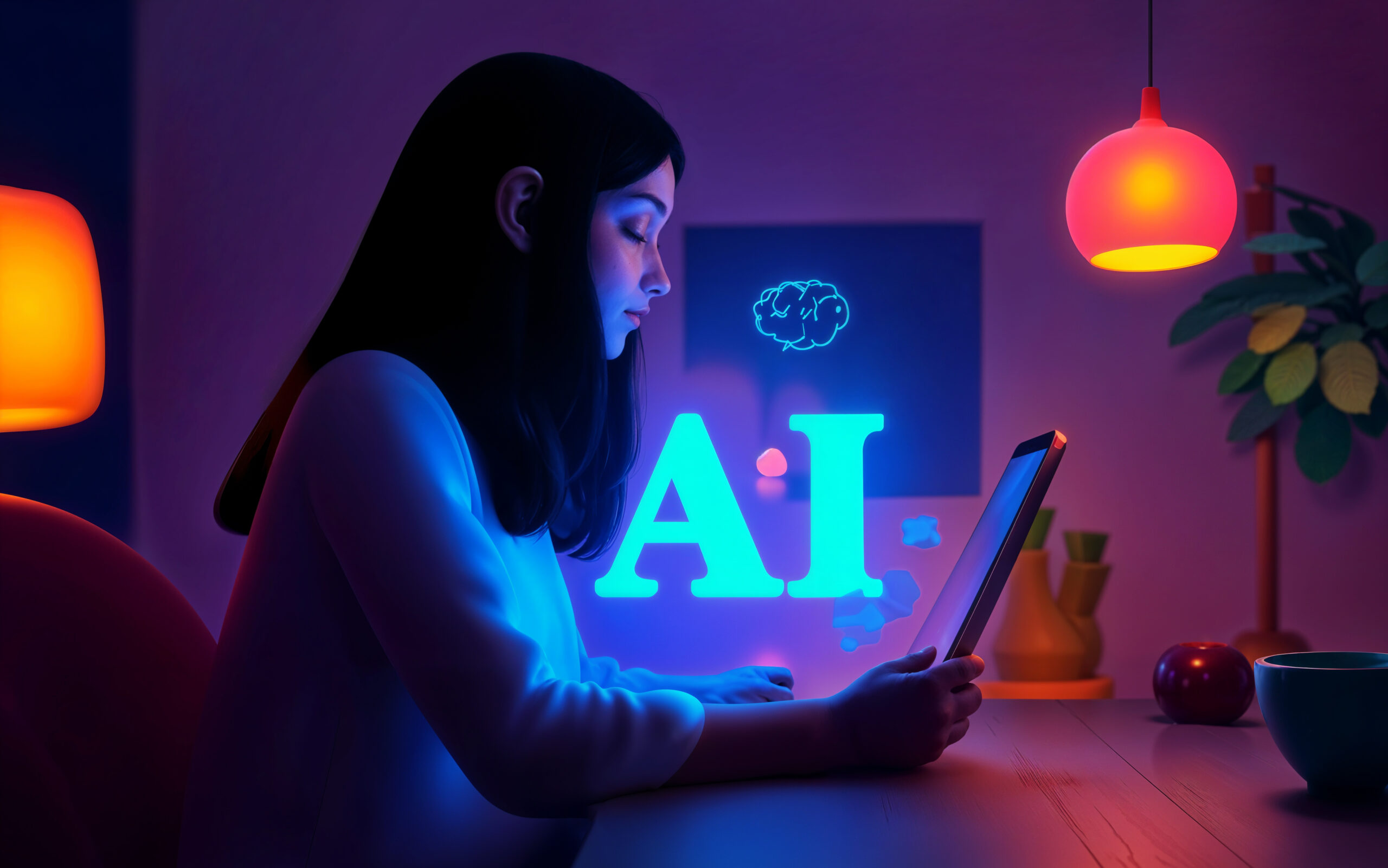Introduction
Generative AI is revolutionizing industries by automating content creation, software development, and business workflows. In 2025, companies are leveraging AI models like GPT-4, DALL·E, and Claude to enhance creativity, boost efficiency, and drive profitability.
In this blog, we’ll explore:
✅ How Generative AI works
✅ Real-world applications in business, marketing, and tech
✅ Future trends shaping AI innovation
🔹 Why Does Generative AI Matter?
Generative AI isn’t just automating tasks—it’s reshaping entire industries. Businesses that embrace AI-powered automation gain a competitive edge by reducing costs, accelerating production, and improving customer engagement.
What is Generative AI & How Does It Work?
Generative AI refers to machine learning models designed to create new content autonomously—whether it’s text, images, video, or code. Unlike traditional AI, which operates based on predefined rules, Generative AI learns patterns and generates unique outputs based on massive datasets.
Key Technologies Driving Generative AI:
✔ Natural Language Processing (NLP) → AI chatbots, content automation, language modeling
✔ Computer Vision (GANs, Diffusion Models) → AI-generated images, video synthesis, creative design
✔ Transformer Models (GPT, T5, BERT) → Automated responses, advanced search, AI-powered assistants
✔ Reinforcement Learning → AI optimization in robotics, automation, and predictive analytics
Top Applications of Generative AI
1. AI in Business & Marketing
Generative AI is transforming digital marketing and business automation by creating personalized content, ads, and strategies.
✅ AI-Generated Blog Writing → Produces SEO-friendly articles for better search rankings
✅ Automated Social Media Content → Optimizes engagement using AI-powered insights
✅ Hyper-Personalization in Ads → AI tailors ad copy based on user behavior
2. AI in Software Development & DevOps
Generative AI is reshaping DevOps and cloud automation, boosting efficiency and security.
✅ Automated Code Generation → AI writes optimized scripts, reducing human errors
✅ CI/CD Optimization → AI enhances deployment pipelines for faster releases
✅ Predictive Cloud Security → AI detects vulnerabilities before cyber threats emerge
3. AI in Healthcare & Research
AI-driven solutions improve medical diagnostics, drug discovery, and patient personalization.
✅ AI-Assisted Disease Prediction → Identifies illnesses with high accuracy
✅ Automated Drug Discovery → AI accelerates research in biotechnology
✅ Personalized Healthcare Recommendations → AI tailors treatments based on genetic data
4. AI in E-Commerce & Customer Support
AI enhances customer service, product recommendations, and automated engagement.
✅ AI-Powered Chatbots → Handle customer inquiries with 24/7 availability
✅ Automated Product Listings & Ads → AI generates high-converting e-commerce content
✅ Dynamic Pricing Optimization → Predicts demand and adjusts pricing strategies
Future Trends: What’s Next for Generative AI?
🚀 AI-Generated Software Development – AI will write and optimize entire applications. 🚀 AI-Powered Cybersecurity – Predictive threat prevention to minimize cyber risks. 🚀 Hyper-Personalized AI Solutions – AI will customize digital experiences based on real-time analytics.
The impact of Generative AI is only beginning—businesses that embrace AI-driven automation will shape the next wave of innovation.
Conclusion
Generative AI is reshaping industries, automating processes, and enhancing creativity across business, healthcare, and cloud computing. As AI tools become smarter, professionals must stay ahead by integrating AI-driven solutions into their workflows.
💬 What do you think about Generative AI’s future? Let’s discuss in the comments!
#GenerativeAI #AIinTech #CloudComputing #MachineLearning #Automation









